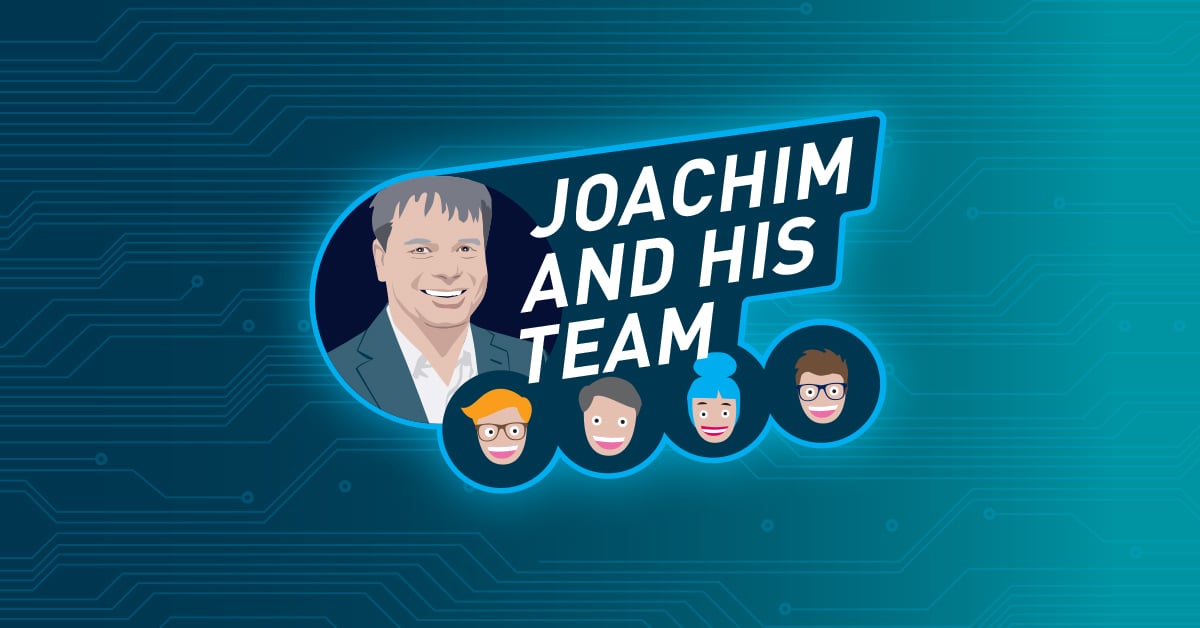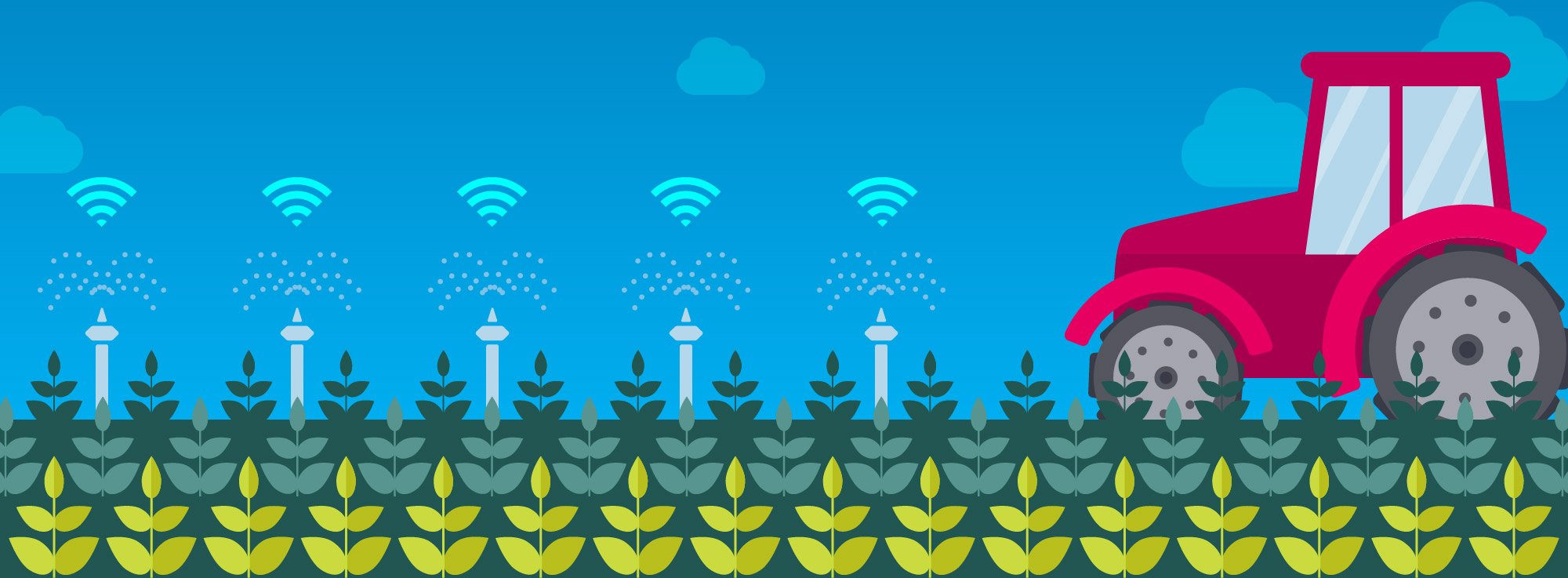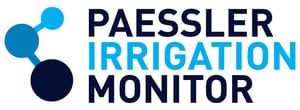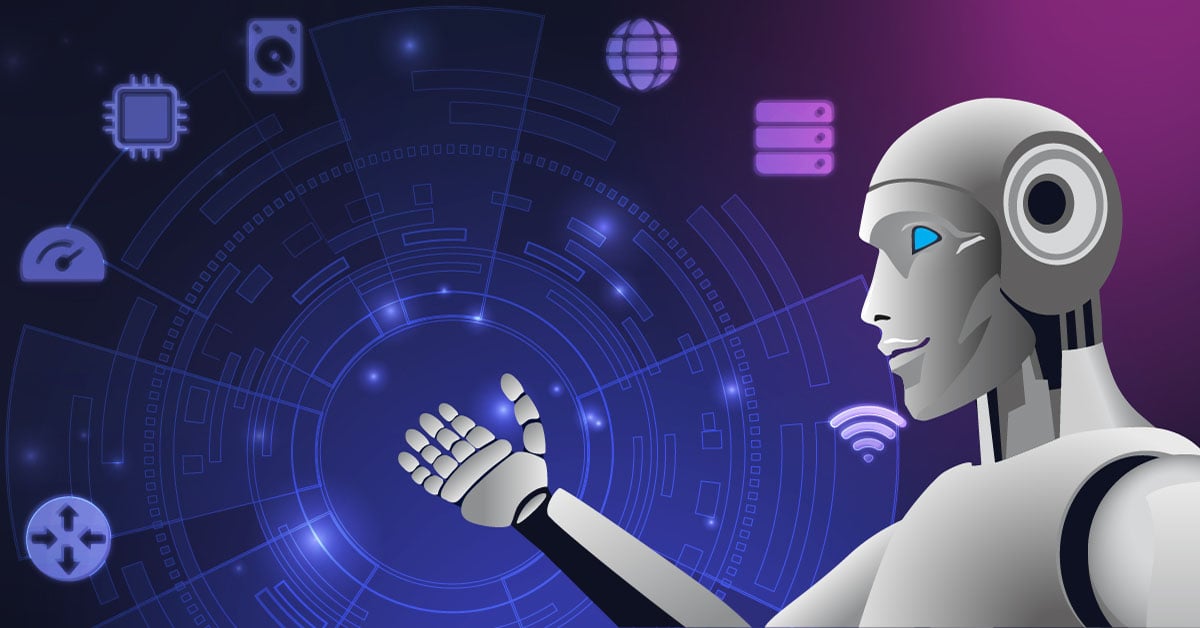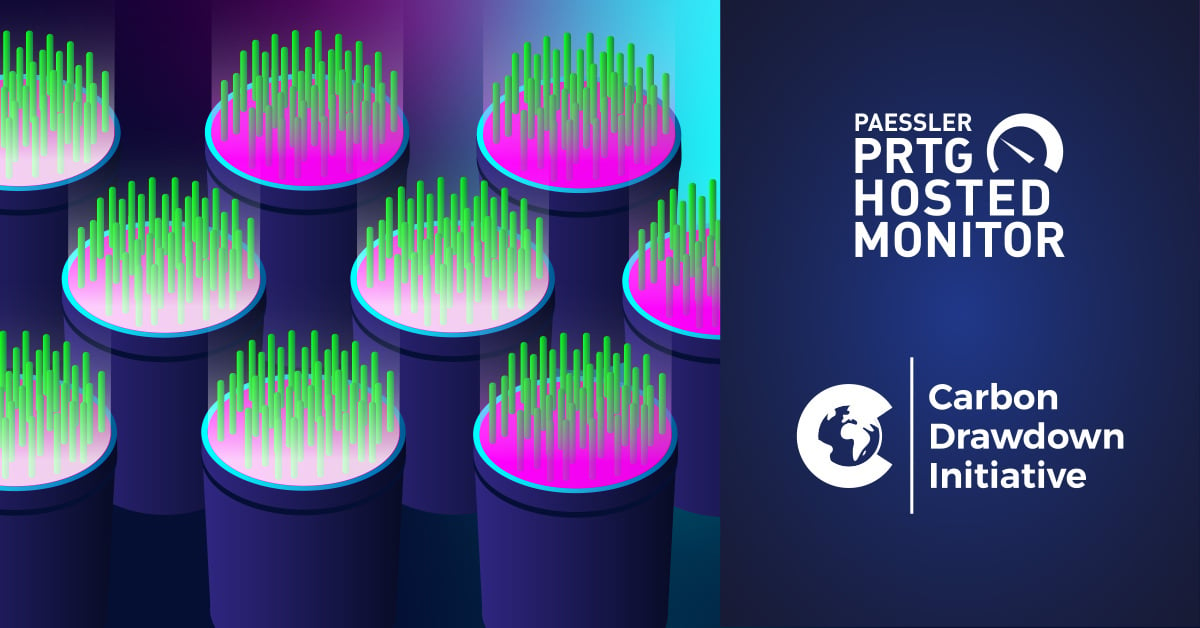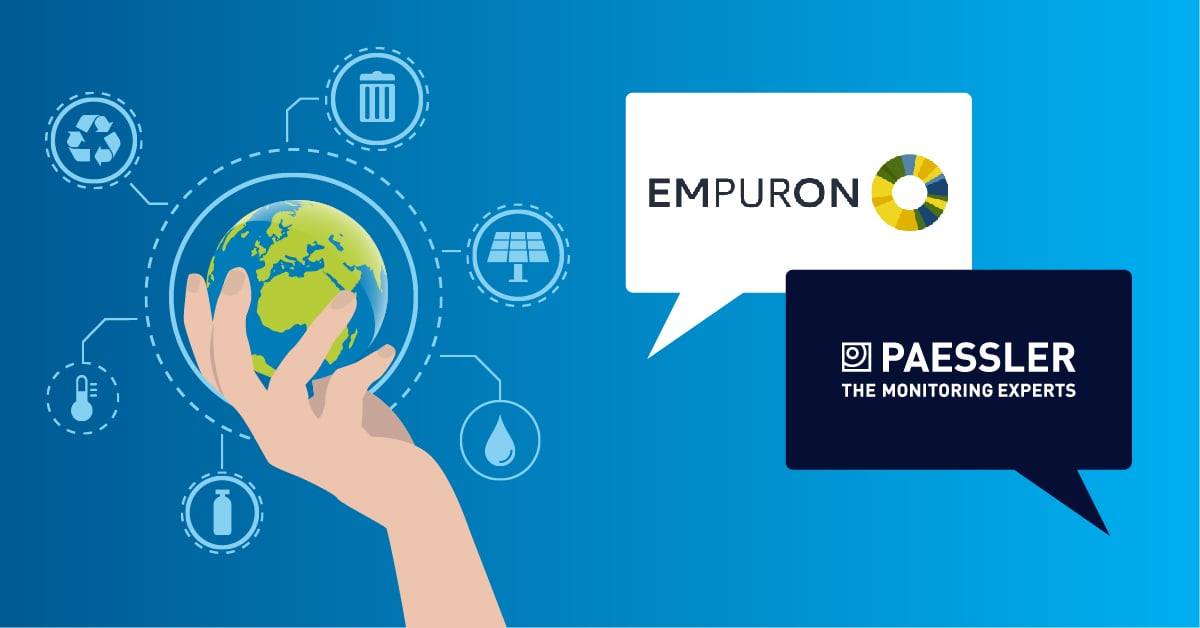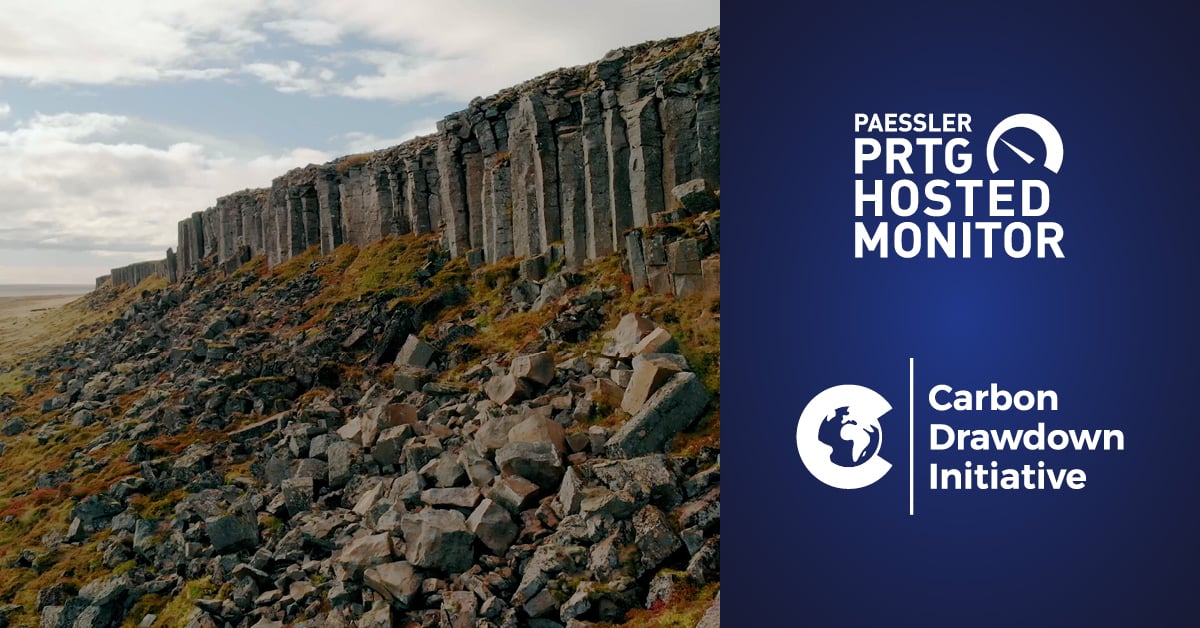Two of the most pressing global problems of the near future are the adequate supply of food for our growing world population and the stable supply of water. We already live in an era where water is becoming a luxury good. Smart irrigation, i.e. the intelligent and data-driven irrigation of agricultural land, can be an answer to both problems. As Paessler's new CTO, I find it fascinating how big our New Product Innovation team thinks and how refined it is in identifying and solving problems. Our new solutions to Smart Irrigation are certainly examples of this. In the following, I would like to briefly address the matter of global water shortage in agriculture, clarify the basic context of Smart Irrigation, and show where our new solutions come in.
Today, 1.1 billion people (around 15 % of the world population) lack access to water, and a total of 2.7 billion (or 35 % of the world population) find water scarce for at least one month of the year. If by 2050, almost 9.5 billion people live on the planet, we will be facing a water collapse: More and more people will need more and more food. And water is in every piece of food.
We do live on a huge supply of water on planet Earth, but the vast majority of it is salt water, which is currently difficult to desalinate and only at the cost of a lot of energy. The melting of poles and glaciers as part of climate change won't mitigate the situation either, as most of this water is flowing into saltwater supplies. Plus, freshwater is not all the same:
Drinking water is mainly derived from groundwater. There is enough of this in many areas of northern Europe and North America. Plants, on the other hand, live off rainwater or water stored in the upper layers of the soil. We need way more water for functioning agriculture than we need for drinking. So there are serious problems ahead for agriculture.
What smart irrigation should be able to do
Smart irrigation is the amazingly simple answer to this complex problem that can help agriculture save money and reduce water waste to an absolute minimum. In the following, I will discuss traditional agriculture, but smart irrigation also offers similar advantages to so-called hydroponics, where plants are grown completely without soil but in water enriched with oxygen and mineral nutrient.
The advantages of smart irrigation, besides the noticeable reduction in water consumption, include:
- A higher crop yield due to a much lower risk of harvest failures. Not all crop losses are the result of natural events, but can also be the result of human error. With smart irrigation, there is neither too much nor too little irrigation, and proactive measures can be taken against possible flooding of the field, which is usually always detected beforehand.
- Manual work and its costs can be saved to a greater extent since valves or pumps can be controlled automatically. Only the individual, manual maintenance is still necessary.
- Reducing nitrate levels in groundwater is a logical consequence of smart irrigation. This is because optimal watering means that only as much fertilizer has to be applied as is necessary.
What our new solutions can do
With great enthusiasm, our New Product Innovation team, led by Christian Zeh and supported by Sabine Rosmaiti, took the last few months to develop our smart irrigation solutions. They meet the objectives listed above and come with features that set them apart.
- Energy-efficient LPWAN connections: The sensors, which are an elementary component of every successful monitoring, send their data to a central monitoring console via a wireless, energy-efficient LPWAN connection. The so-called Low Power Wide Area Network is a class of network protocols for connecting low-power devices. The protocols are designed to provide a long-range connection and low energy consumption of the end devices at very low operating costs.
- Collecting data from the soil like moisture and fertilizer saturation, as well as weather data like wind, temperature, or rain: Knowledge is created from data. And that is why we are endeavoring to expand the already considerable range and quality of the data collected in the future so that we can manage irrigation with perfect precision.
- Schedule irrigation jobs: As an alternative to watering according to sensor data, irrigation schedules can be applied at any time. It is also possible to define time slots when irrigation should not be carried out.
- Actuator control: Our smart irrigation solutions do not cut corners, so our customers do not have to deal with multiple products. Specific controlling options result from spot-on monitoring – all-in-one and working seamlessly together.
- Status of the irrigation system's components: We have been able to draw many great insights from our building monitoring solutions, and this includes predictive maintenance. Many parts in industrial systems run for years and decades, and ongoing monitoring can be a cost-effective way to prevent both total failure and downtime.
- Detect possible leakages: And here, too, we have gained some experience in the field of building monitoring. For agricultural businesses, water leakages can have catastrophic effects. Those who take consistent precautions will certainly be doing themselves a favor.
"Wasserverband Knoblauchsland" and our plans for the future
Actuator control is a big deal for Paessler because we are breaking new ground with this. Until very recently, we focused on our core specialty of monitoring, even in special solutions for the Internet of Things, and tried to provide our customers with outstanding data so that they could take control of subsequent actions. With smart irrigation, however, it is inherently possible to directly control and operate, for example, the main valve or an individual valve.
We ventured this milestone for Paessler in close cooperation with the “Wasserverband Knoblauchsland”. Knoblauchsland is the name for one of the largest contiguous vegetable-growing areas of its kind in Germany, whose development dates back to the 8th century. A historic spot, so to speak, where Paessler is writing a new chapter in its history: The automated irrigation of the cultivated areas and the simultaneous control of its physical systems.
Of course, we will continue to expand our current efforts in the field of IoT monitoring, enter new segments and improve our existing solutions. As far as irrigation monitoring goes, I am very proud that we can fulfill our self-chosen company purpose: reduction of resource consumption is exemplified brilliantly here, as well as the sustainable strengths of smart IoT monitoring solutions. We wish to bring our irrigation monitoring to the point where it is also affordable and scalable for small-scale farmers to support them in their daily struggles.
Thanks, Joachim, for these great insights!
This article is part of an ongoing content series titled Joachim and his team. Regularly, our CTO Joachim as well as his team will comment on topics of interest to our readers, mostly (but not always) related to Paessler PRTG. If you wish to suggest a topic, please leave a comment.
 Published by
Published by 